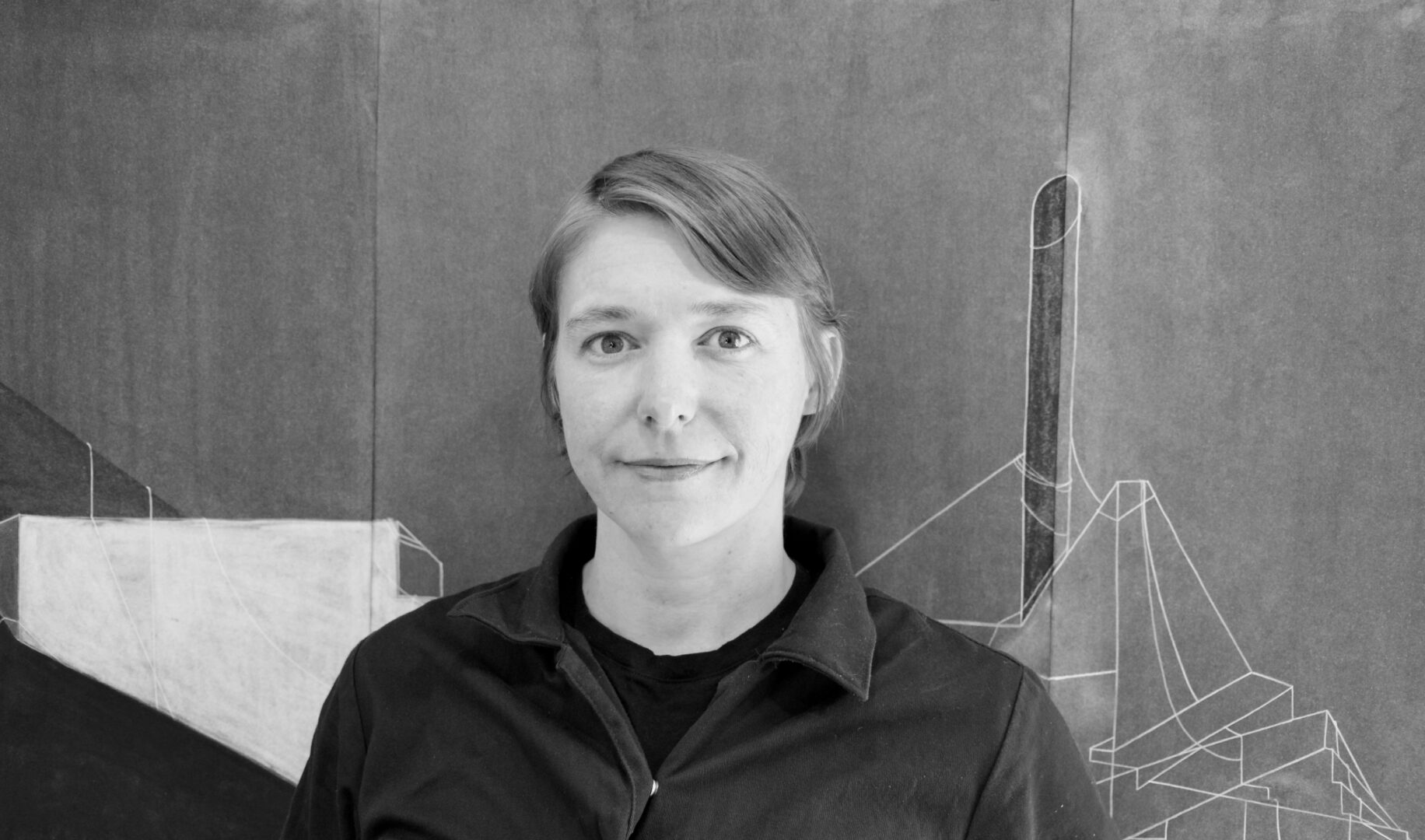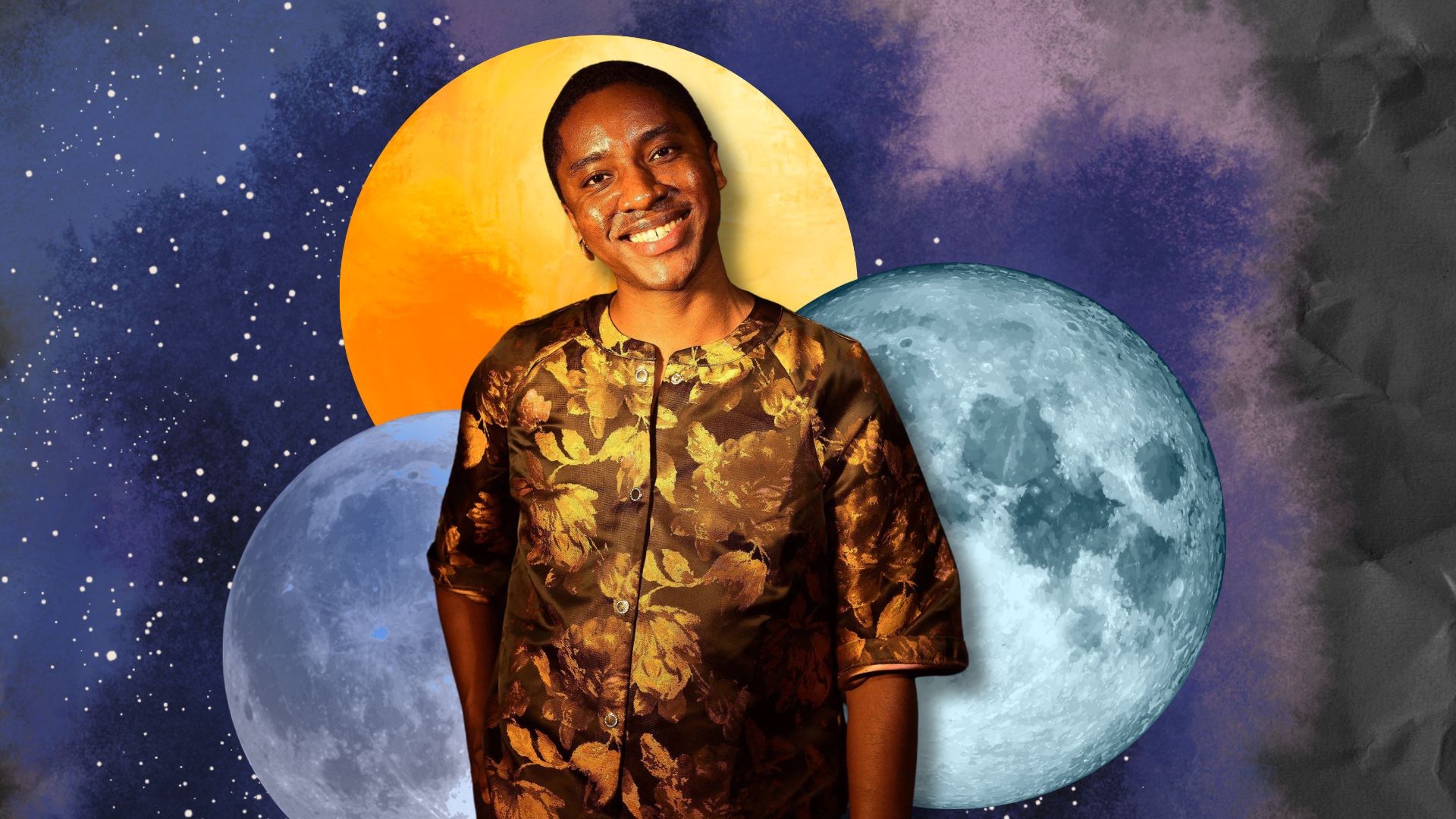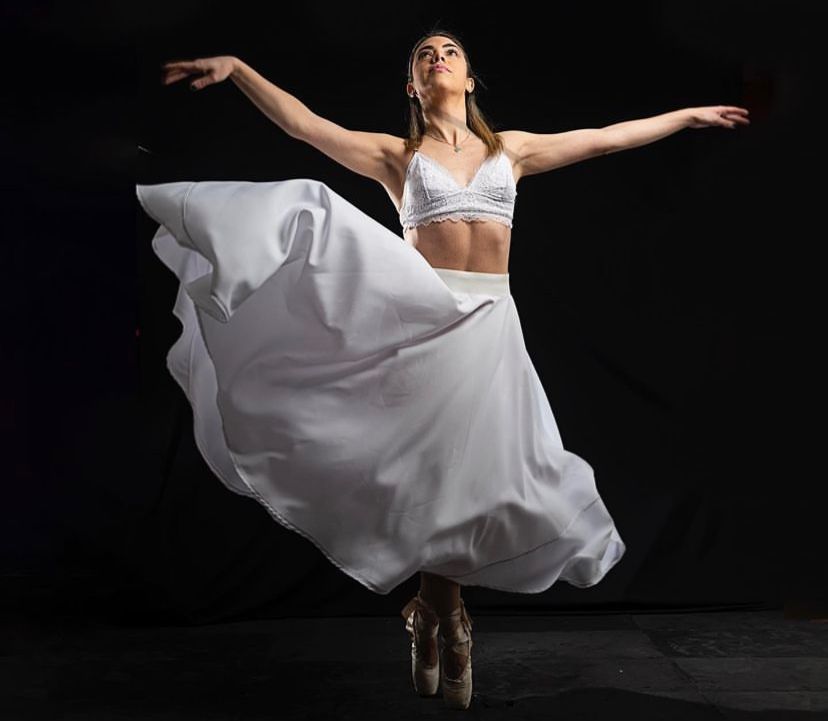We caught up with the brilliant and insightful Talia Dudley a few weeks ago and have shared our conversation below.
Talia, we’re so excited for our community to get to know you and learn from your journey and the wisdom you’ve acquired over time. Let’s kick things off with a discussion on self-confidence and self-esteem. How did you develop yours?
I developed my confidence by making mistakes and taking risks. When you create art, it’s good to make mistakes because sometimes those mistakes become very interesting. You have to learn that about yourself. Take risks, and see which mistakes work and which don’t. Don’t be afraid to fail. Trust your instincts, and know that painting from the heart is the most interesting, even when it feels terrible. I am the most confident when I make art for myself.
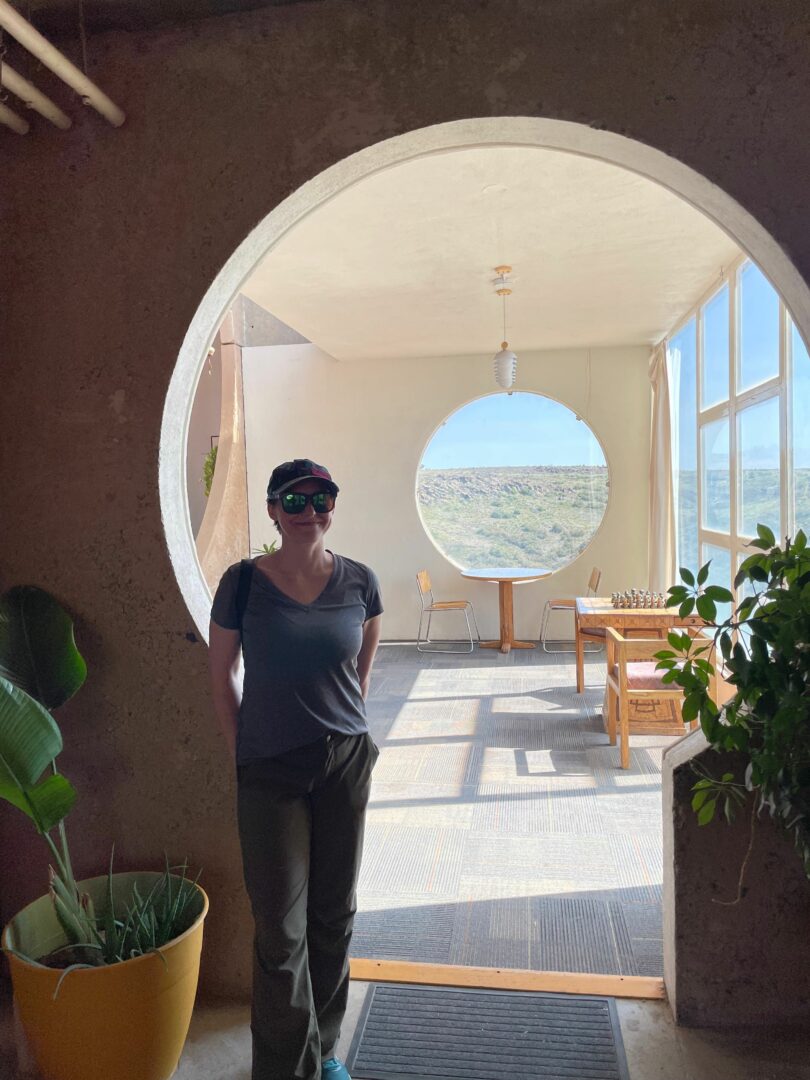
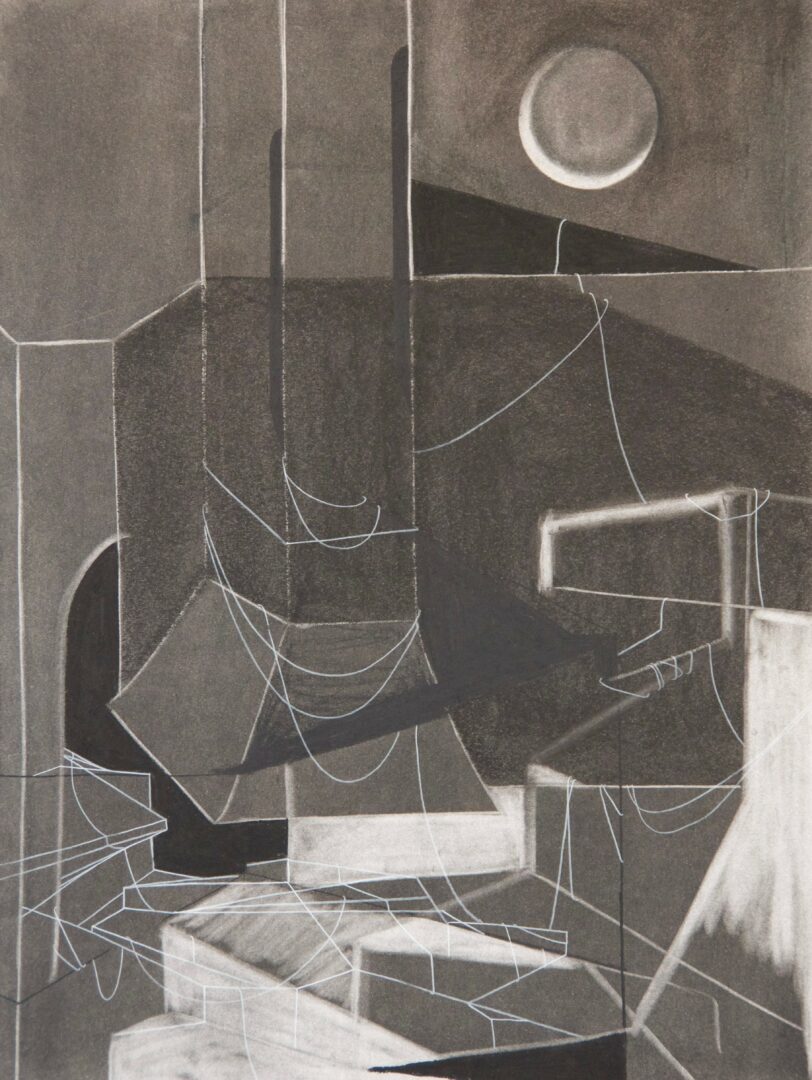
Great, so let’s take a few minutes and cover your story. What should folks know about you and what you do?
Through all my artwork, I focus on the architecture of the mind, the subconscious, and the unconscious. My work reflects the space in which the mind organizes, or builds, these transitions. I’m interested in how the mind is structured, and in my art, I aim to convey that through architectural components such as light, shadow, planes, and lines. I’m intrigued by how these subconscious and unconscious spaces might look, where the memories appear or hide, and the trails, passages, clues, and corridors that might lead us to them.
In the past three years, I’ve participated in 28 group shows and completed three solo shows. My art has been featured in 7 exhibitions in 2024, including 1 solo exhibition, and I’m currently showing 2 pieces at the Scottsdale Public Library in “Maps: Contours Of A Story.” I’m looking forward to continuing on this trajectory. I’ll be applying to out-of-state and international residencies and more out-of-state shows. I want to continue to seek out experiences like these. I want to work and exhibit in architecturally intriguing and unusual spaces and places. My work pairs best with clean lines and minimal spaces. Collaborating with architects and designers to accentuate their vision would be fun.
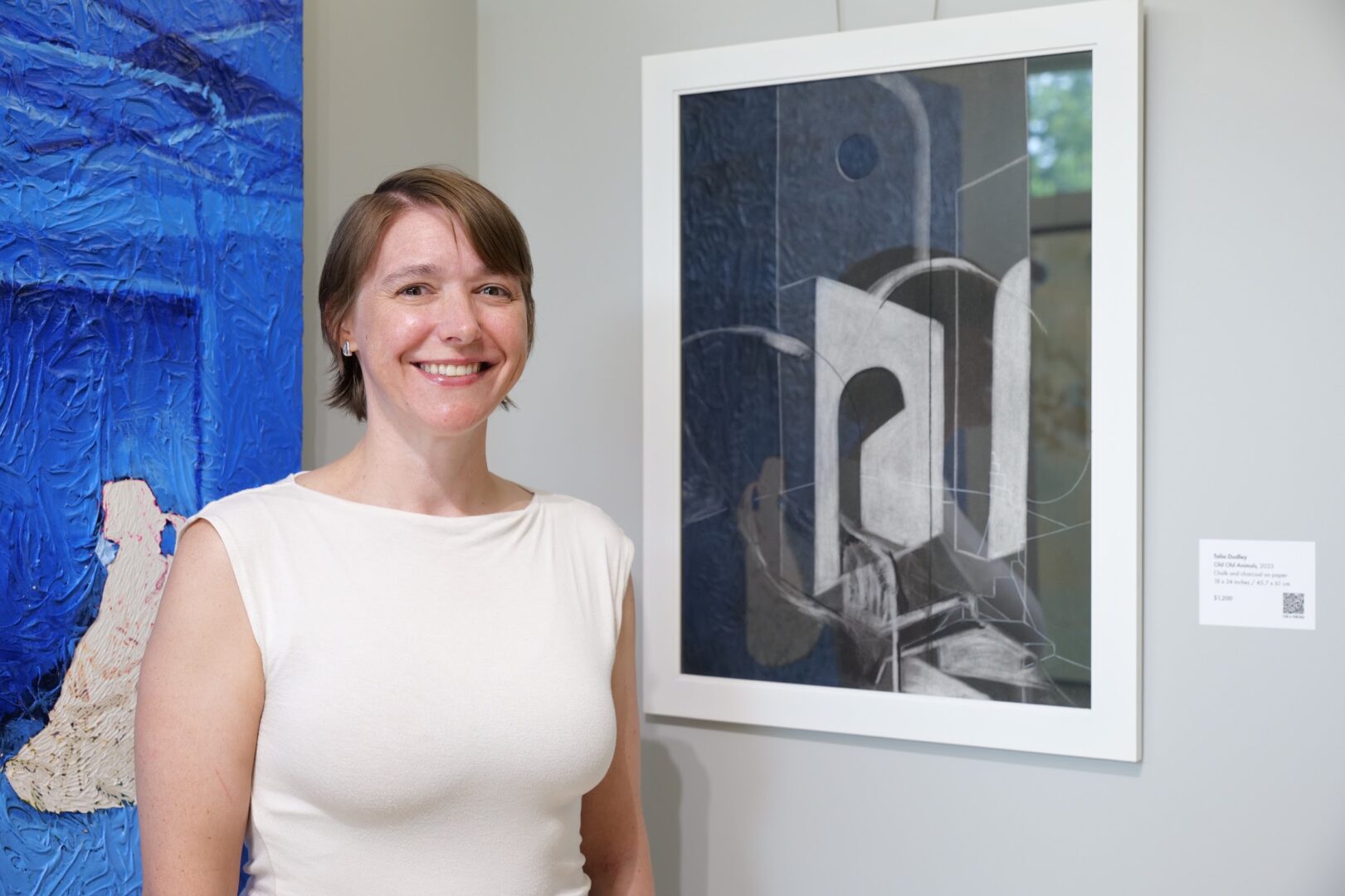

Looking back, what do you think were the three qualities, skills, or areas of knowledge that were most impactful in your journey? What advice do you have for folks who are early in their journey in terms of how they can best develop or improve on these?
When I was in college, I studied art history. Not only do I find our human past interesting, but I knew it would be necessary for my personal practice. I have found this is true over the years since I pulled a lot of inspiration from our ancient past. I’ve also found it helpful when understanding the vast changes and influences we gain and lose traversing the culture of human history. The genres and environments we move through along the timeline of Earth’s history are precious and crucial in navigating our present and future complexities. If you like a specific artist or time period, learn about it, read about it, find out why it’s important to you, and get to know and understand that part of yourself.
The hardest part of making art is resting. During my residency over the summer, I let the uninterrupted time consume me entirely, which was what I wanted until I realized I was exhausted. I needed to rest my body and mind, even deep in my work. I couldn’t continue on the same fixated trajectory for days and days without taking a break. Sometimes, it was hard to yank myself back into reality to feed myself and sleep. Take care of yourself if you want the endurance for long studio days. Make time for rest, even when you don’t want to.
People ask me if I’m worried about people misunderstanding or disliking my art. I respond that the only thing I’m concerned about is being boring. If someone doesn’t understand, I usually learn something about them or myself; if someone doesn’t like it, that’s ok too. I’m invoking a feeling inside them, and that’s important. I tell them the worst thing you can be is boring; when someone has nothing to say about it, there’s a problem. Don’t put pressure on yourself to be “good,” and don’t be afraid of being “bad,” be true to yourself, and your work will speak for itself.

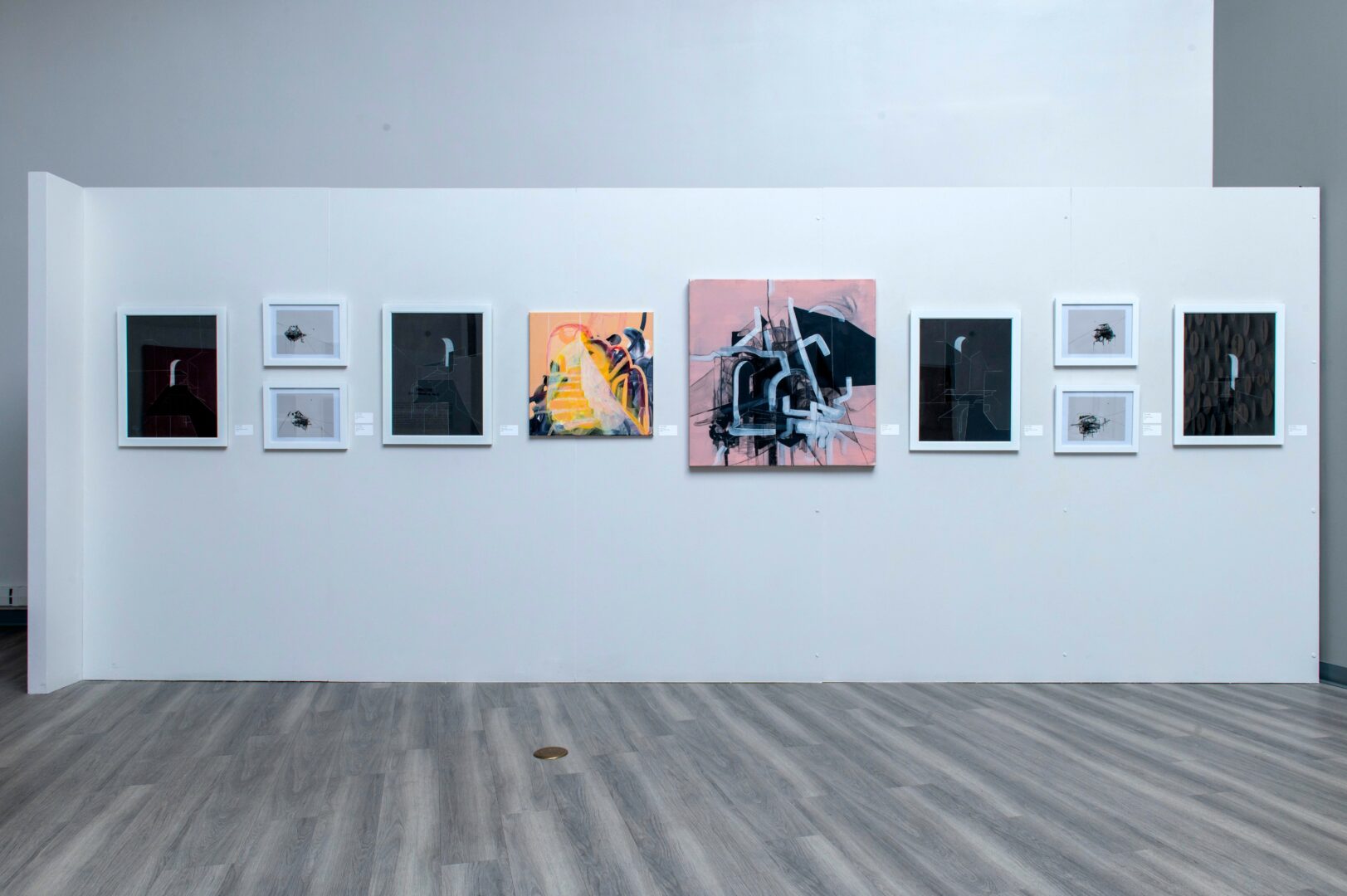
Thanks so much for sharing all these insights with us today. Before we go, is there a book that’s played in important role in your development?
I have a book called “Open Secret” that contains versions of Rumi’s quatrains, odes, and poems by John Moyne and Coleman Banks. It’s been a huge inspiration for me since college. Just before a studio session, I’ll sit and read a bit to start that inner dialogue with myself, a precursor for the more profound work I’ll do in the studio, which is a walk before the climb. His words bring about this wellspring of inspiration to me. What I like most about his poems is the way he talks about love. Either between god, or a lover, he talks about it like it’s a type of magic, and these poems are sort of an incantation. It’s what I think the soul sounds like when it’s talking back to you, whispers of the spirit….if you believe in that sort of thing. I’m interested in the discussion and questioning of god and how there’s so much beauty in humankind’s mystery and struggle. It’s all sincere and raw, reminding me of how I should approach my art.
Contact Info:
- Website: https://taliajdudley.com
- Instagram: @taliajdudleyart
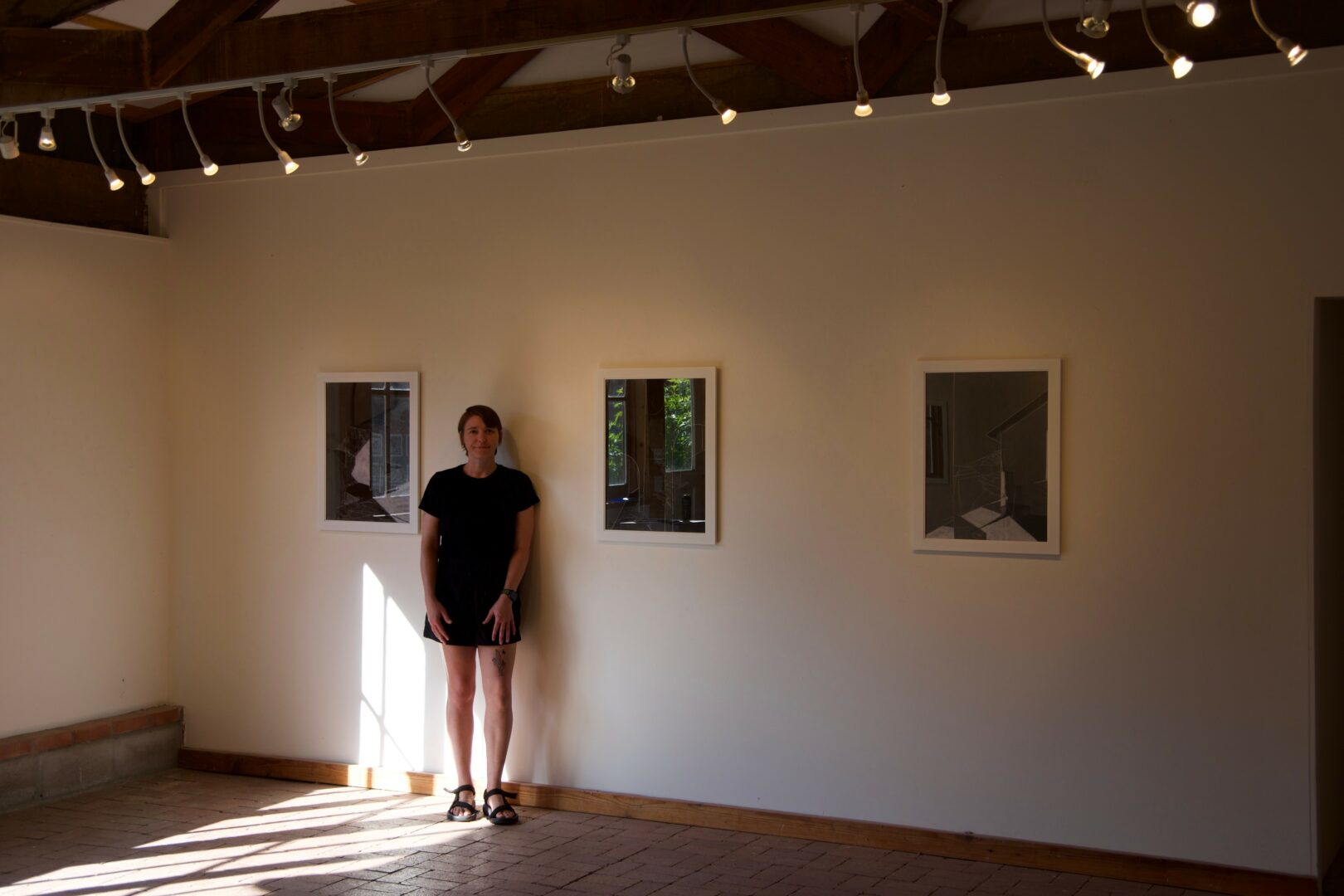
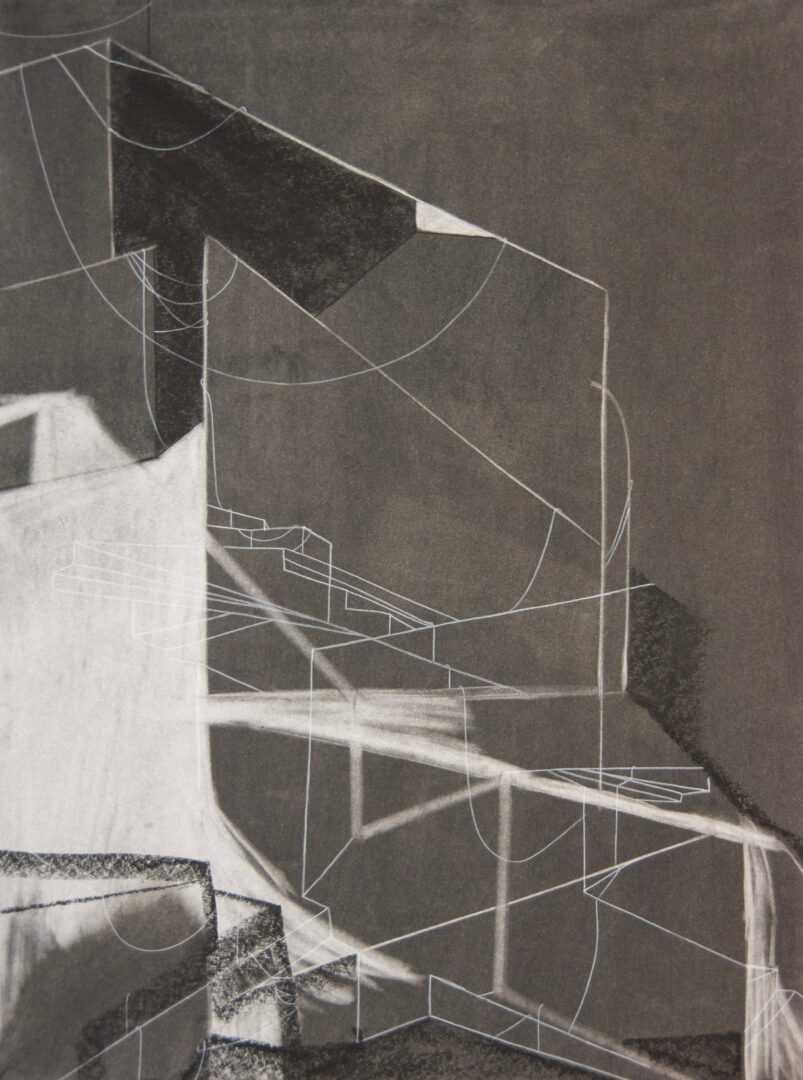
Image Credits
Talia Dudley
Michael Dudley
Scott Fineschriber
so if you or someone you know deserves recognition please let us know here.

